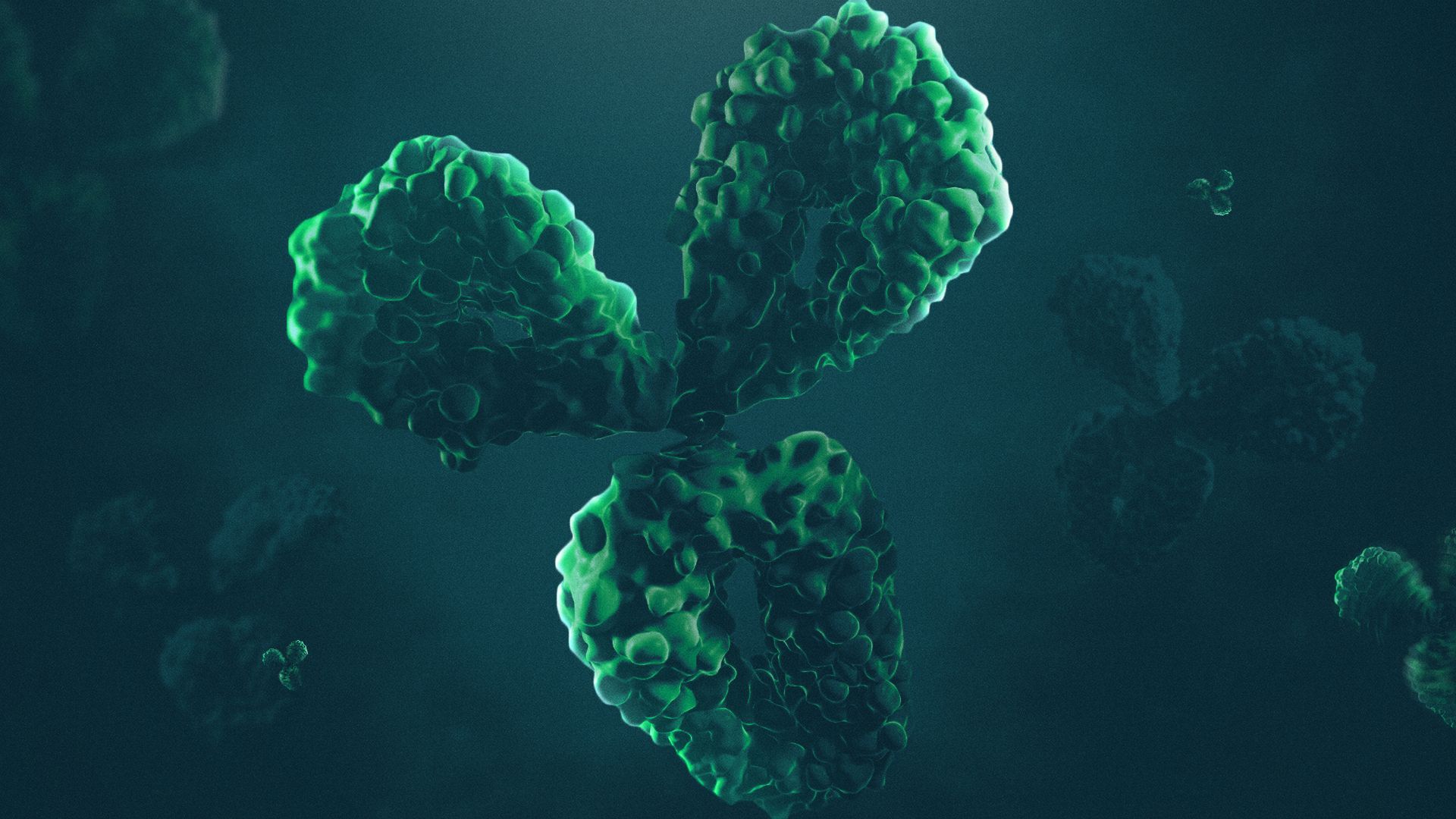
Machine-designed biotherapeutics: opportunities, feasibility, and advantages of Deep Learning in antibody discovery
Executive summary: Computational methods for developing and designing antibodies use machine learning and deep learning approaches. This opens the door to new possibilities, such as language-based modeling of antibody repertoires or machine-learning-based generation of novel sequences. Our review provides a critical overview of the recent developments in deep learning approaches to therapeutic antibody design, with implications for fully computational antibody design.
Full publication:
Wiktoria Wilman, Sonia Wróbel,Weronika Bielska, Piotr Deszynski, Paweł Dudzic, Igor Jaszczyszyn, Jędrzej Kaniewski, Jakub Młokosiewicz, Anahita Rouyan, Tadeusz Satława, Sandeep Kumar, Victor Greiff and Konrad Krawczyk. Machine-designed biotherapeutics: opportunities, feasibility and advantages of deep learning in computational antibody discovery. Briefings in Bioinformatics, 2022, bbac267. DOI: https://doi.org/10.1093/bib/bbac267
Introduction
Computational approaches to developing and designing antibodies are increasingly used to complement traditional lab-based processes. Today, in silico methods fill multiple elements of the discovery stage, from characterizing antibody-antigen interactions to identifying developability liabilities.
The increasing integration of computational protocols within pharma company pipelines will reduce the time and cost associated with therapeutic antibody development, potentially making immunotherapy more affordable to patients.
Computational methods for antibody design and development
Most of the computational solutions in the field covered various statistical techniques such as homology modeling for structure prediction and z-scores for humanness annotation. The increasing availability of large-scale data on B-cell receptors and advances in machine learning-based model development open a new chapter in the field.
The application of deep learning techniques allowed researchers to tackle well-established problems (for example, structure prediction) but also created new fields such as generative models for novel antibody design).
This review covers the recent developments in computational antibody engineering, highlighting the new applications of deep learning. It presents methods that improve the previous state-of-the-art around structure prediction and humanization.
Other techniques covered introduce new concepts such as language-motivated embeddings and automated sequence generation, offering an entirely new way of designing antibody-based therapeutics computationally.
Key takeaways
- The steady development of data resources and associated computational methods increases the role of in silico methods in antibody discovery.
- Recent advances in machine learning, culminating in the dramatic performance by AlphaFold, will keep inspiring similar work in the context of antibodies.
- Machine learning approaches are already making their mark on antibody bioinformatics, such as structure prediction.
- The contribution of deep learning methods to antibody discovery isn’t constrained to streamlining existing methods - it’s redefining how researchers approach the discovery process. Entirely in silico antibody generation is within reach, and when it is achieved, it will open a new chapter in therapy development.
- Rapid identification of antibodies combating emerging viral diseases is necessary to use the full potential of these molecules]. This would also open the opportunity in precision medicine.
- In silico antibody discovery will dramatically reduce the time and costs required for drug discovery projects. By combining computational technologies of drug discovery with affinity maturation and developability assessments, the typical timeline of 2-3 years could be reduced to <6 months, including the time required for experimental validation and characterization of the lead molecules.
- Machine learning approaches will also reduce drug discovery and development costs because computation requires no material.
- Computational technologies will also help overcome the hurdles associated with poor solubility and conformational instabilities of the target molecules, such as membrane proteins.
- Within biopharma and biotechnology companies, there is a critical need for actively curating the data on discovery and development projects and using it to connect microscopic molecular properties with macroscopic experimental observations (via machine learning and molecular simulation methods).
- Deep Learning methods gave new momentum to the computational antibody design field by showing a path for future pipelines having AI-designed antibodies. The accurate measure of its success will be the translation of AI-enabled biotherapeutic drug discoveries into medicines available in the market.